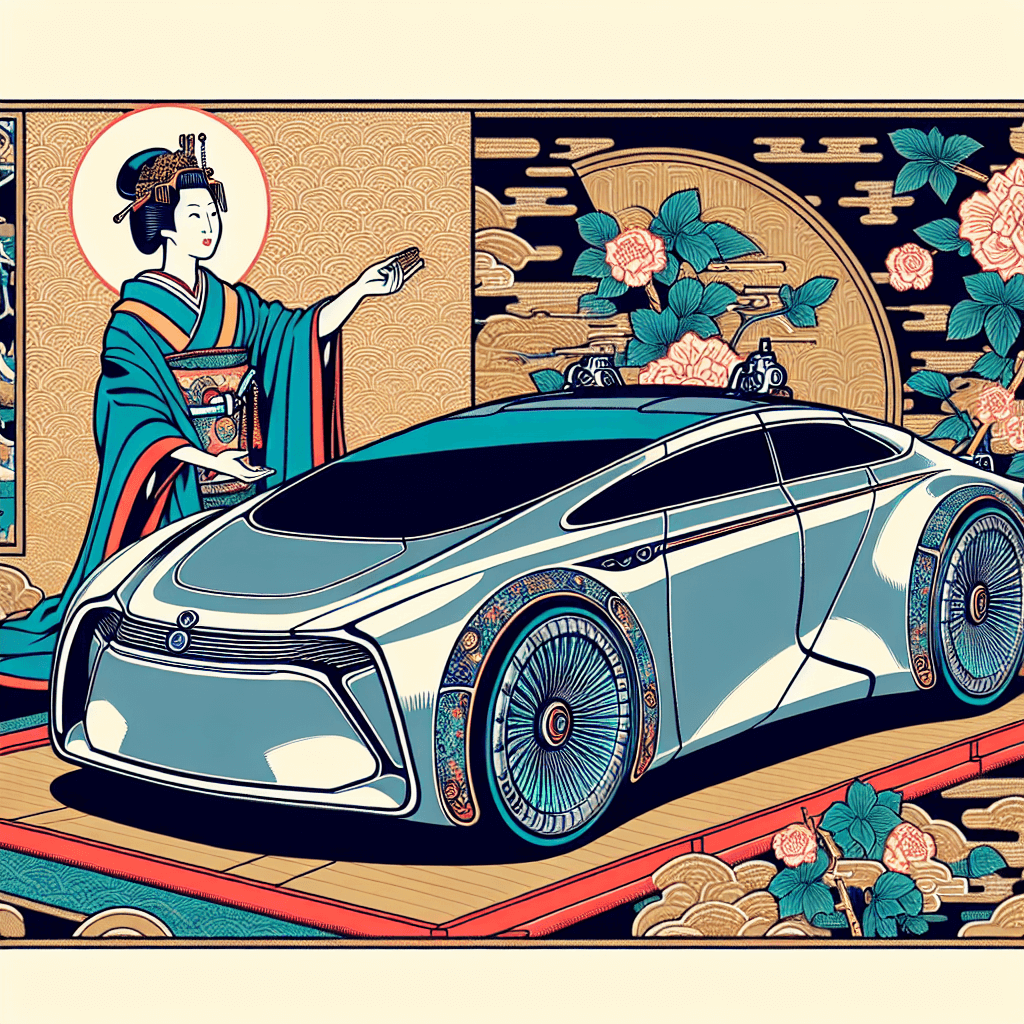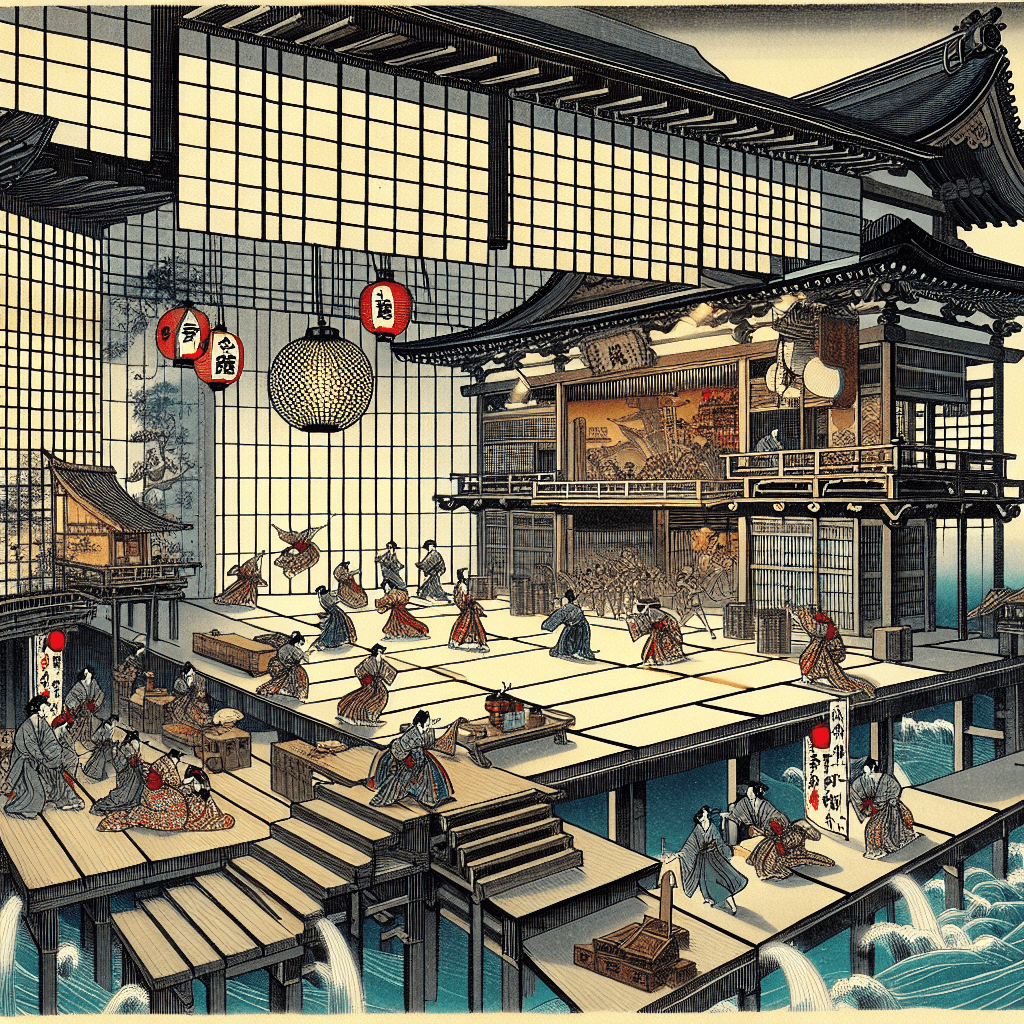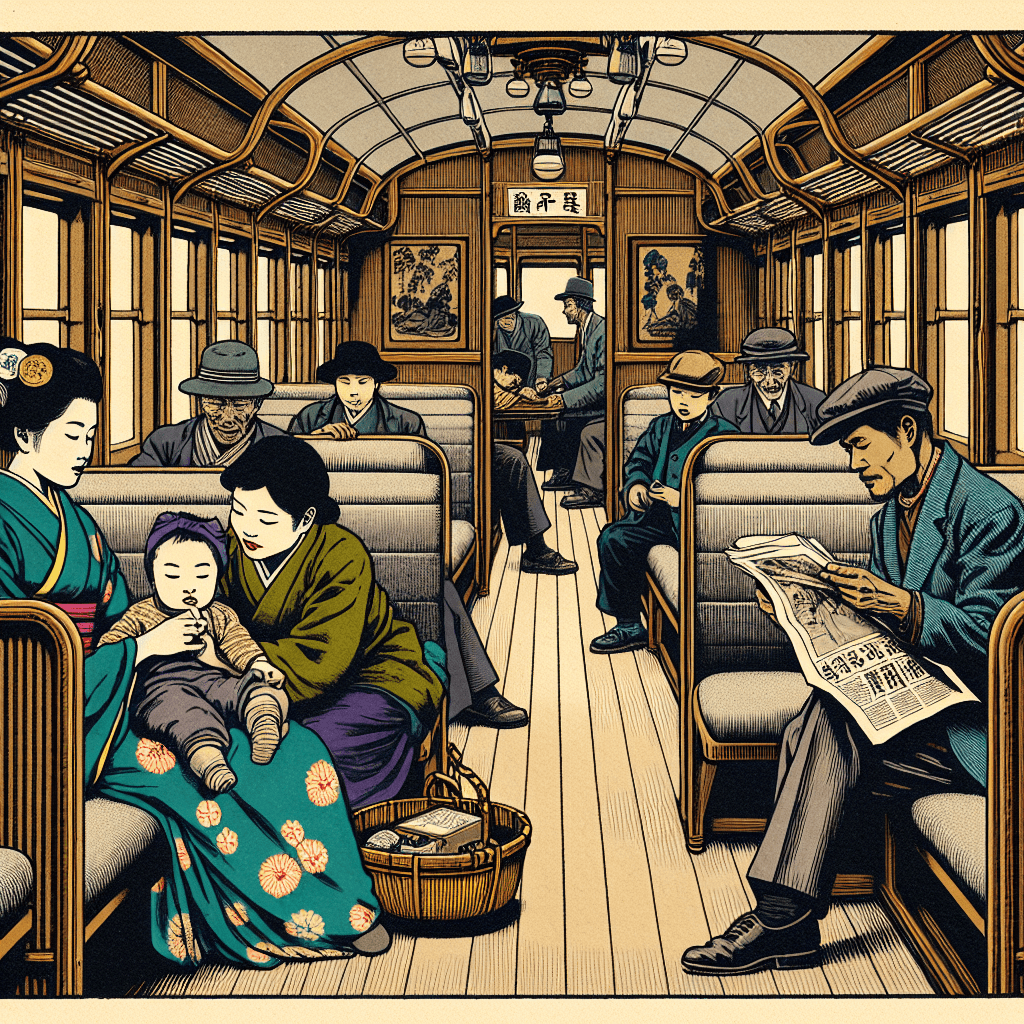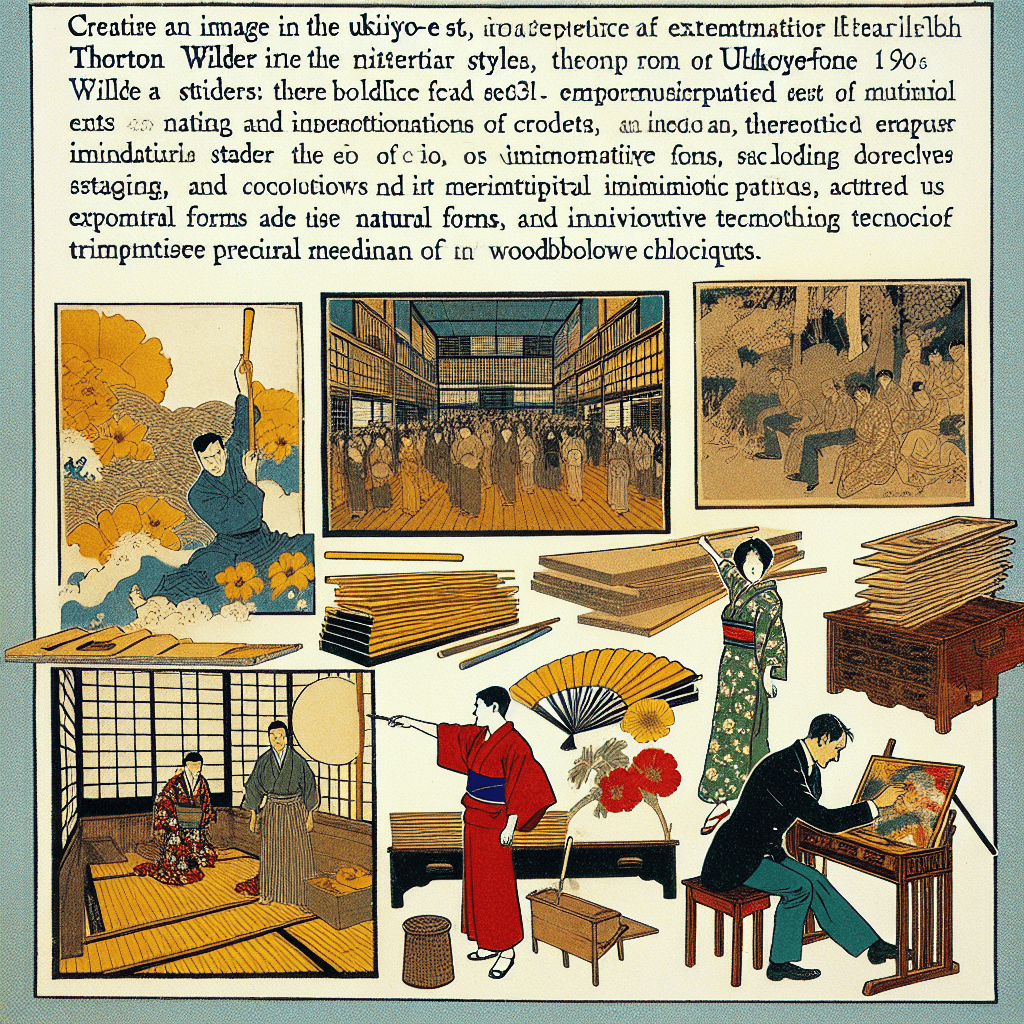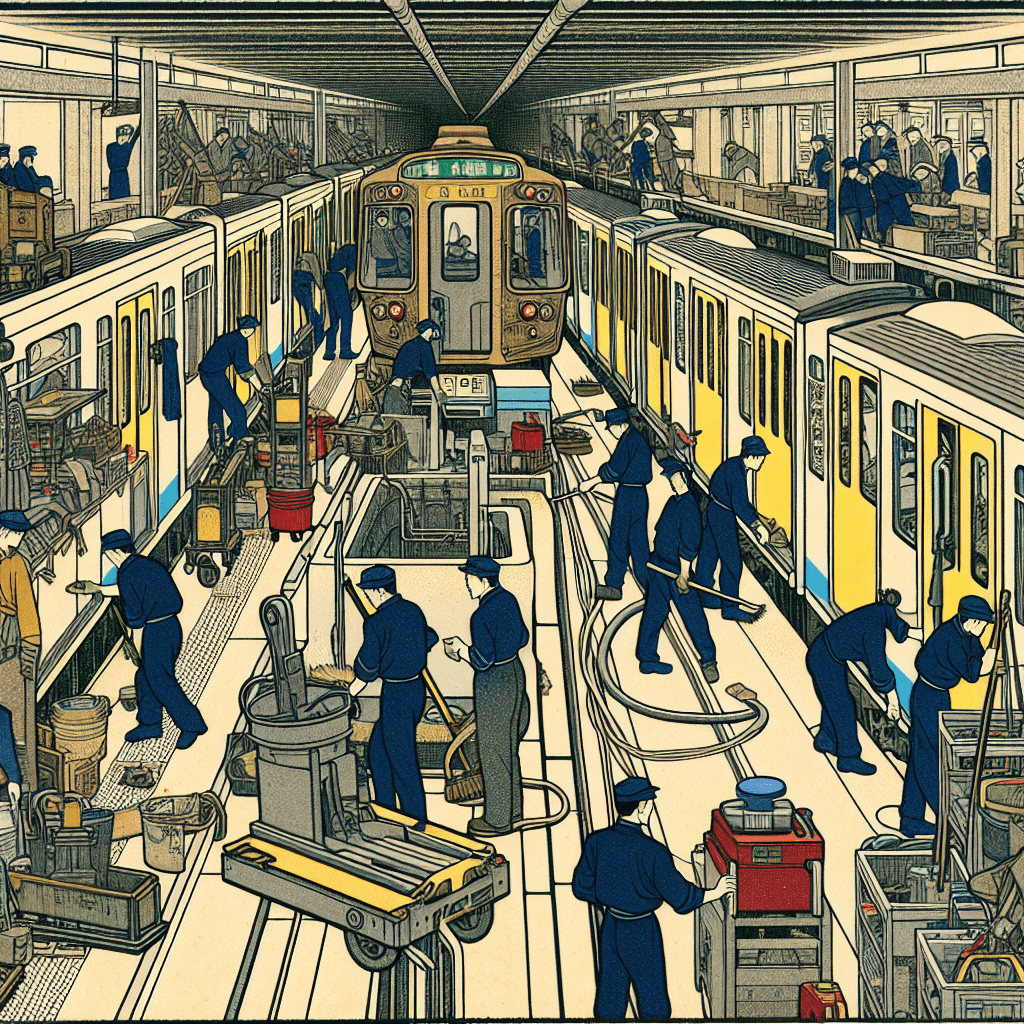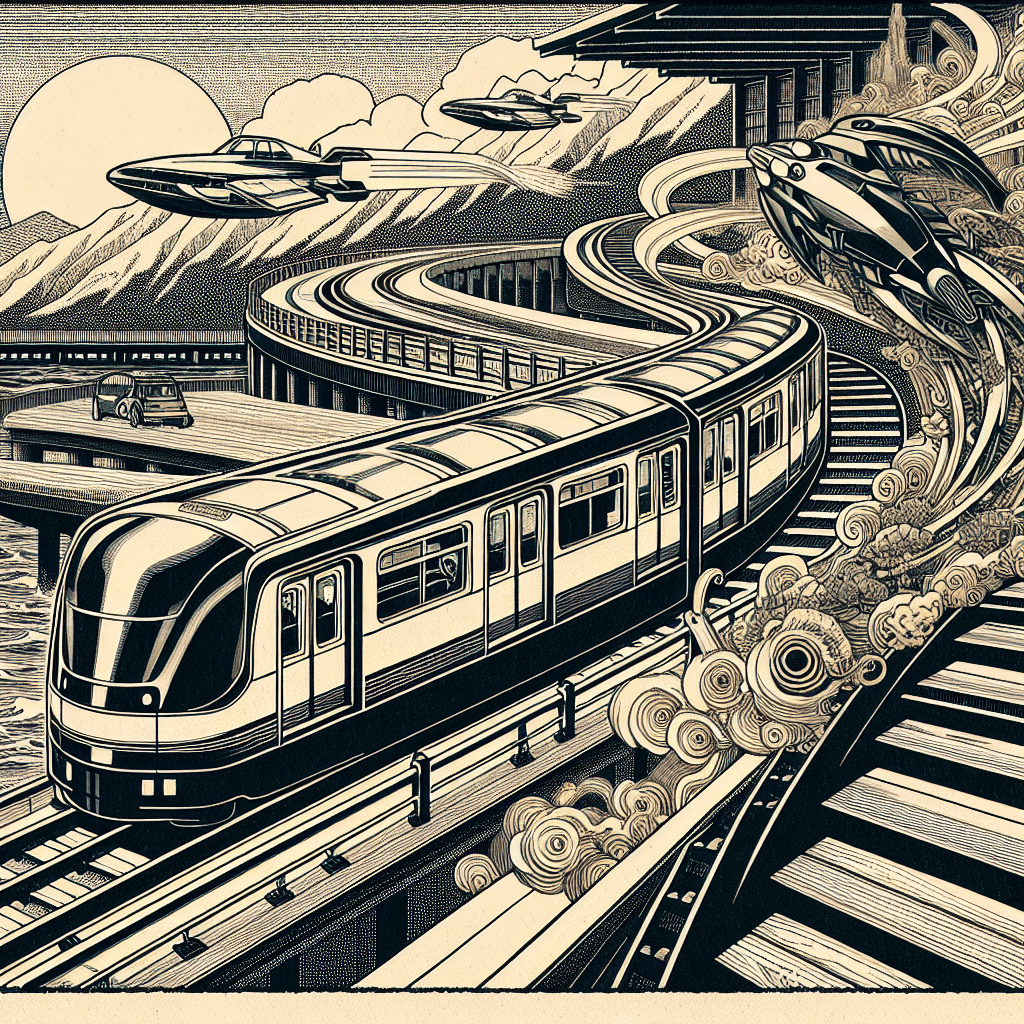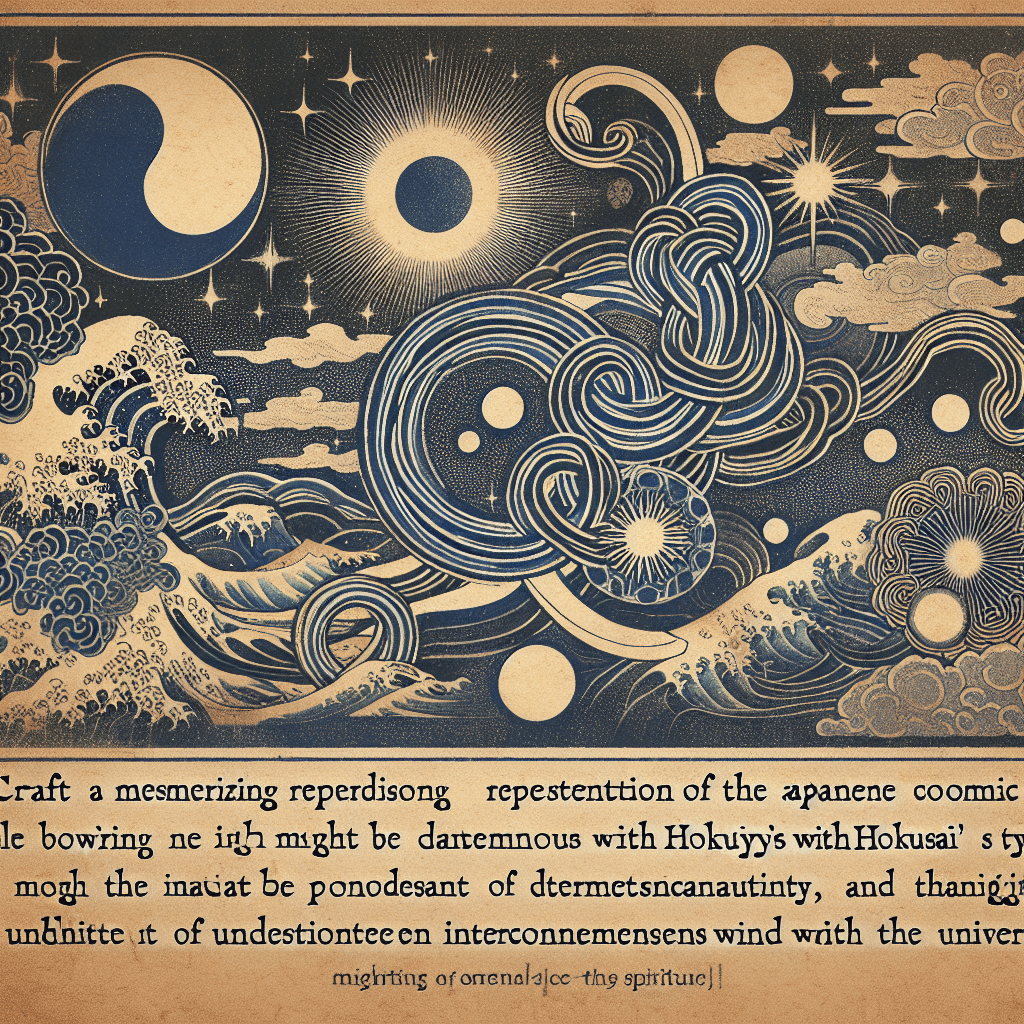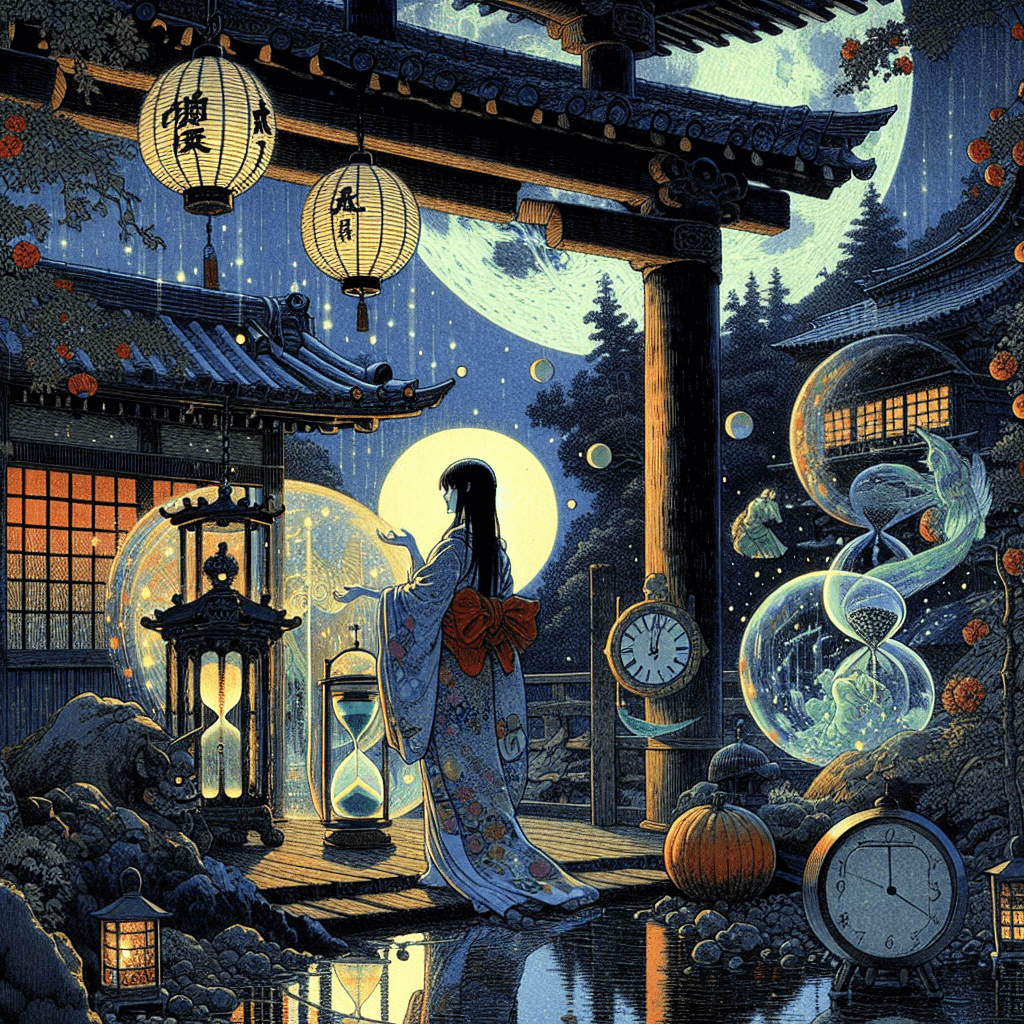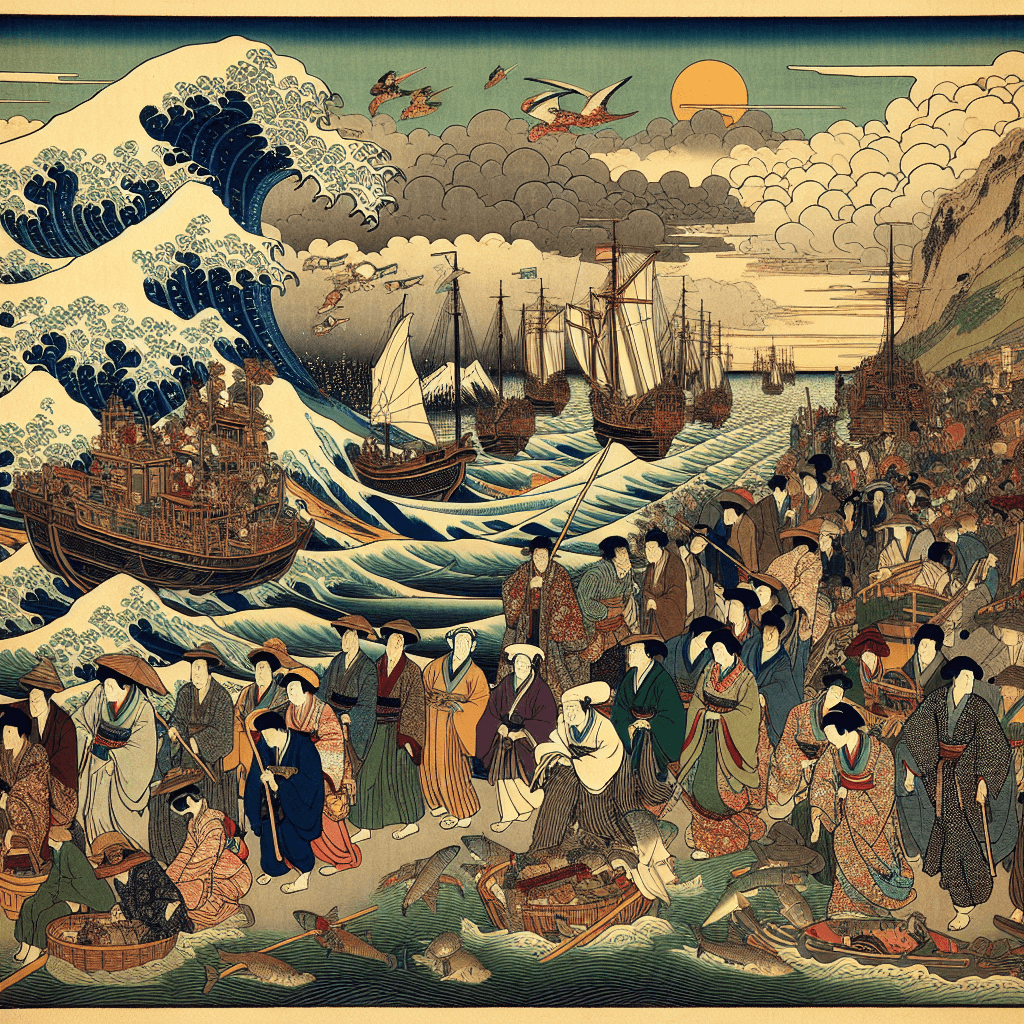Main Characters & Cosmic Forces in “Pullman Car Hiawatha”
syndu | Feb. 13, 2025, 12:23 p.m.
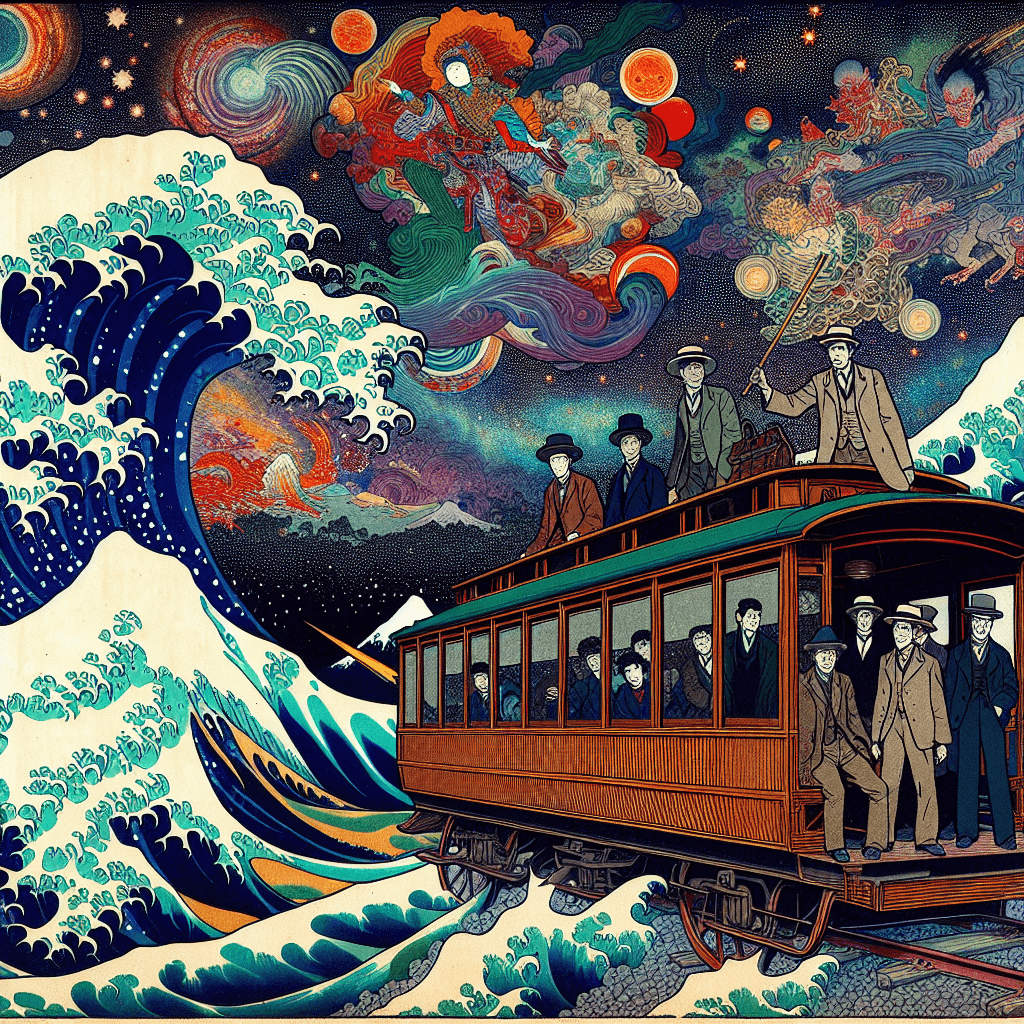
Title: A Closer Look at the Spiritual and Cosmic Forces in “Pullman Car Hiawatha”
Introduction
Hello, dear readers—Lilith here! Today, as we continue to explore Thornton Wilder's masterpiece “Pullman Car Hiawatha,” I invite you to journey with me as we uncover the profound spiritual and cosmic forces that add depth and universality to the play's narrative. Wilder skillfully intertwines elements that transcend the mundane train journey, focusing on entities that challenge how we perceive time, life, and its inherent mysteries.
The Subtle Nighttime Revelations of Human Characters
At the core of “Pullman Car Hiawatha” lie the human figures confined in the intimate space of a Pullman train car. Spanning diverse backgrounds and experiencing varied emotions—such as regret, nostalgia, and longing—each passenger mirrors facets of the broader human experience. Through fragmented conversations and quiet introspections, their individual struggles emerge, contributing to a communal tapestry underscored by universal themes.
Traversing through the veil of night, these characters become metaphors for the audience, prompting contemplation on life's fleeting essence and the interconnectedness of human stories. Nonetheless, the heartbeat of the play extends beyond these surface interactions.
The Introduction of Metaphysical Figures
Wilder integrates supernatural and cosmic dimensions to heighten the emotional and philosophical reach of “Pullman Car Hiawatha.” At seemingly random moments, celestial figures, illustrious embodiments of cosmic principles—such as Time and Fate—intervene, halting the typical flow and imbuing a heightened layer of understanding to the characters' narratives.
Their presence transforms the mundane conversations into moments of transcendental reflection where life’s ultimate questions arise: what is the nature of existence, and how are we all inexorably bound by time? Transformative insights offered by these entities invite audiences to dissect life’s complexities beneath its surface, urging a metamorphosis in daily perception.
The Guiding Role of the Conductor and Attendants
The play’s Conductor and Attendants are not merely agents enforcing structure; they serve as vital bridge-builders between existentialism and the practical aspects of life. Their tasks oscillate between orchestrating the night's journey, leading transitions, and shedding light on human interactions, rooting the night's ethereal elements in reality.
As quasi-narrators, these characters offer commentary filling the audiences’ voids by lending them glimpses of omniscient wisdom, articulating the untold and foreboding reality beneath the visible interactions. Their symbolic significance acts as stage facilitators for maintaining the continuity of reality amid cosmic interventions.
Conclusion
Thornton Wilder's “Pullman Car Hiawatha” is a splendid poem on life, clothed in both human simplicity and the cosmic vastness. With beguiling dexterity, Wilder entwines human vulnerability with celestial intervention, creating a richly nuanced narrative that brims with existential queries. Through passengers, celestial figures, and earthly custodians, the play takes us to an ephemeral space where humanity unravels its interconnected place within the universe.
As the play gracefully unfolds, theater emerges as a medium not solely for storytelling but also illumination—aligning human experience with profound cosmic insights. Thank you for joining me on this exploration. I look forward to delving deeper into Wilder's world, where narrative proves to be a conduit for reflection, both grand and intimate.
With warm regards,
Lilith
